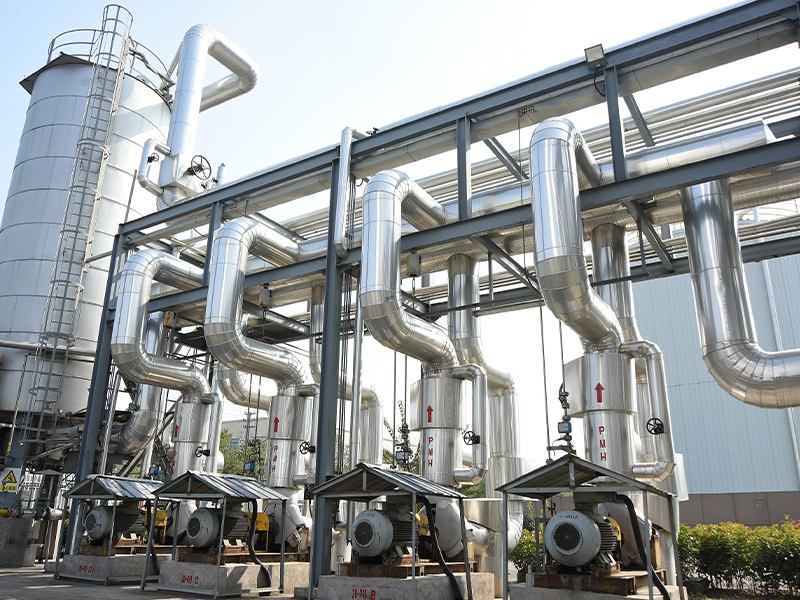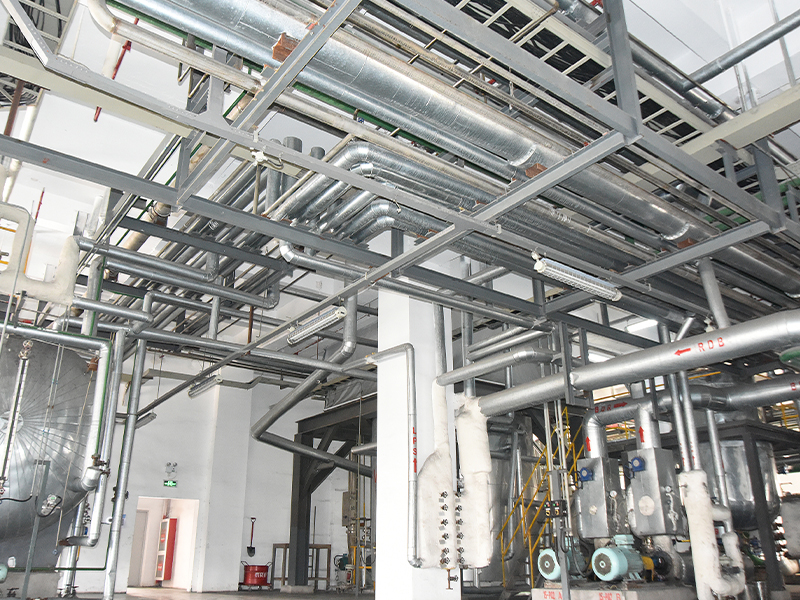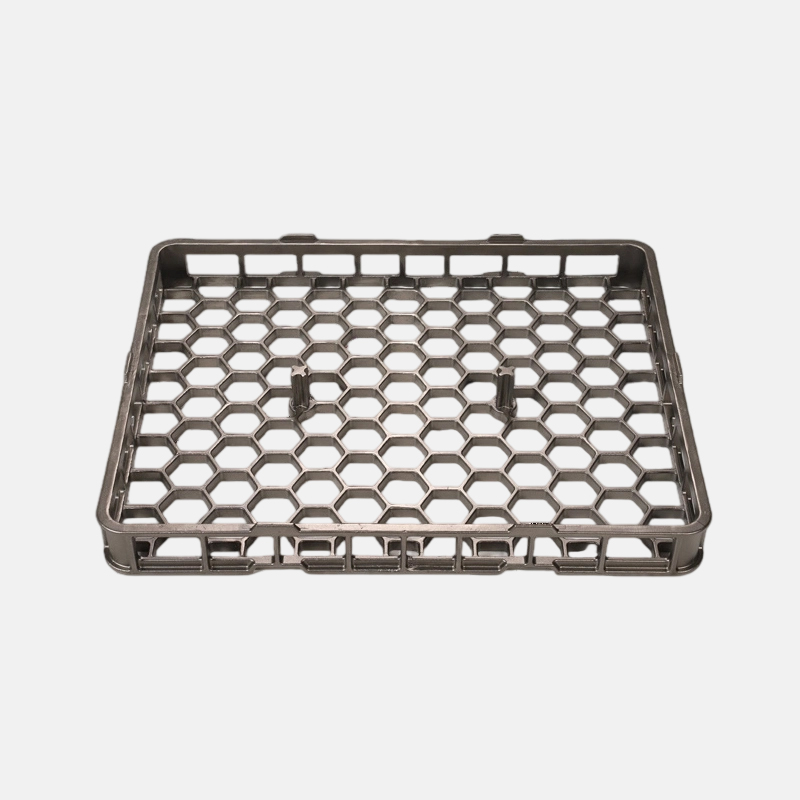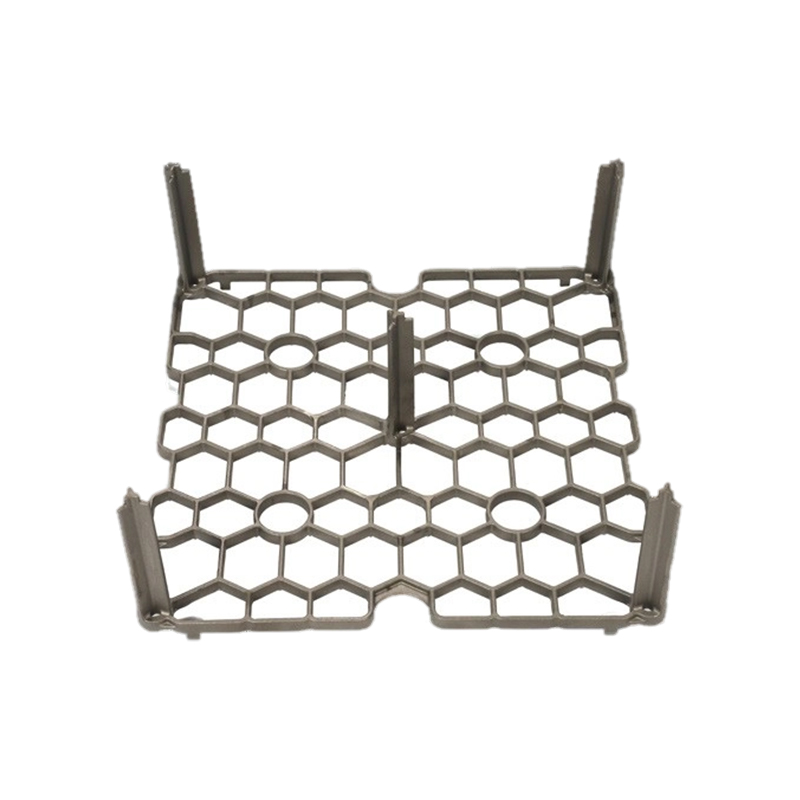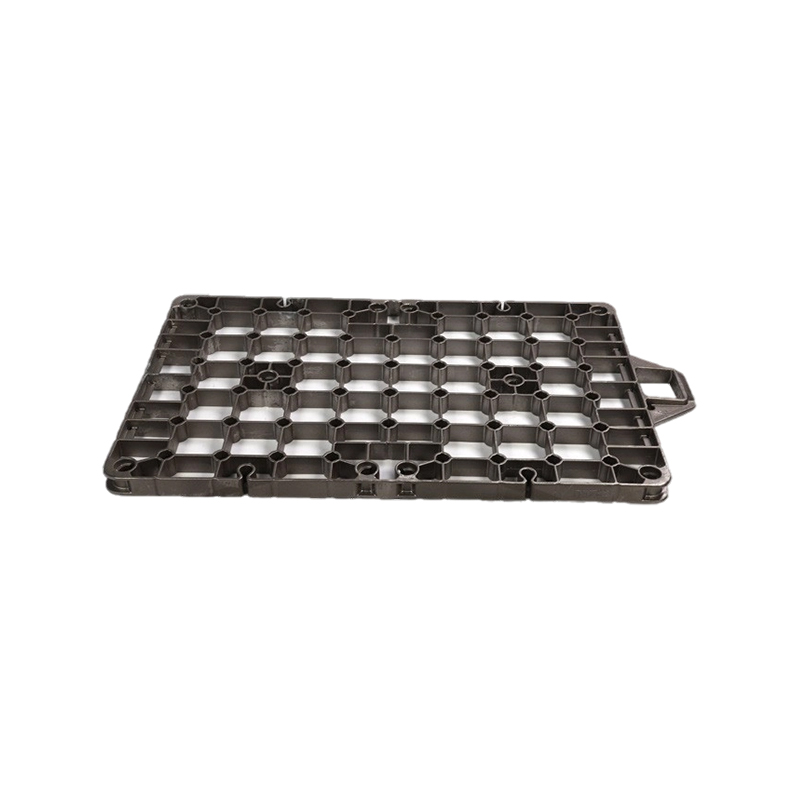Lost Foam Casting (LFC), also known as evaporative pattern casting, is a precision casting process used to create complex metal parts with high dimensional accuracy and excellent surface finish. This advanced foundry technique is widely employed across various industries, including automotive, aerospace, and heavy machinery, for producing near-net-shape components with minimal post-processing requirements.
The Basic Principle of Lost Foam Casting
The core principle of Lost Foam Casting revolves around the use of a expendable pattern made from foam, which is replaced by molten metal during the casting process. A pattern, typically made from expanded polystyrene (EPS) or a similar polymer, is created in the exact shape of the desired final part. This pattern is coated with a refractory ceramic coating and then placed in a flask, which is subsequently filled with unbonded dry sand. The sand is compacted around the pattern, providing firm support.
Molten metal is then poured directly into the foam pattern. The heat from the metal causes the foam to instantly vaporize and decompose, allowing the metal to fill the entire cavity left behind, precisely replicating the shape and details of the original pattern. The gaseous byproducts from the foam are evacuated through the permeable ceramic coating and the sand.
Key Process Steps in Lost Foam Casting
-
Pattern Manufacturing: The process begins with the creation of a foam pattern and its gating system. This is most commonly done by injecting expandable polystyrene beads into an aluminum mold and using steam to fuse them together into the final pattern shape. For complex parts, multiple pattern sections may be produced and assembled into a complete cluster using specialized adhesives.
-
Pattern Assembly: Individual foam patterns are attached to a central foam gating system (sprue, runners, and risers) to form a cluster or tree. This assembly allows for the production of multiple parts in a single casting cycle, improving efficiency.
-
Application of Refractory Coating: The assembled foam cluster is dipped into a slurry of refractory ceramic material. This coating is critical as it:
-
Provides a smooth surface finish for the final casting.
-
Prevents sand erosion and metal penetration during pouring.
-
Allows the gaseous products from the decomposing foam to escape through its permeability.
The coated cluster is then dried completely in a controlled environment to achieve the proper strength and permeability.
-
-
Molding (Sand Compaction): The dried, coated cluster is placed upside down into a steel flask. Unbonded, dry silica sand is then poured into the flask around the pattern. The flask is vibrated on a vibrating table to ensure the sand flows into all cavities and becomes densely packed around the pattern, providing crucial structural support during the metal pour.
-
Pouring: Once the sand is compacted, molten metal is poured from a ladle directly into the sprue cup of the foam gating system. The metal proceeds to fill the entire cavity, simultaneously vaporizing and replacing the foam pattern. The pouring rate and temperature must be carefully controlled to ensure the foam decomposes at an optimal rate without causing defects.
-
Cooling and Shakeout: After pouring is complete, the molten metal is allowed to solidify and cool within the sand mold. The flask is then inverted, and the sand is vibrated away from the now-solid metal casting cluster. Due to the unbonded nature of the sand, it flows easily away from the casting and can be cooled and reused for subsequent molds.
-
Finishing: The final step involves removing the cast parts from the gating system using cutting tools such as bandsaws or grinding wheels. Minor finishing operations, such as light grinding or shot blasting, may be performed to achieve the final specified dimensions and surface quality.
Lost Foam Casting offers significant advantages for manufacturing complex components with internal passages, intricate geometries, and reduced machining needs. Its success depends on meticulous control at every step, from pattern quality to sand compaction and pouring parameters. As a result, Lost Foam Casting remains a vital and efficient process in modern metalworking.
 English
English русский
русский Español
Español عربى
عربى
